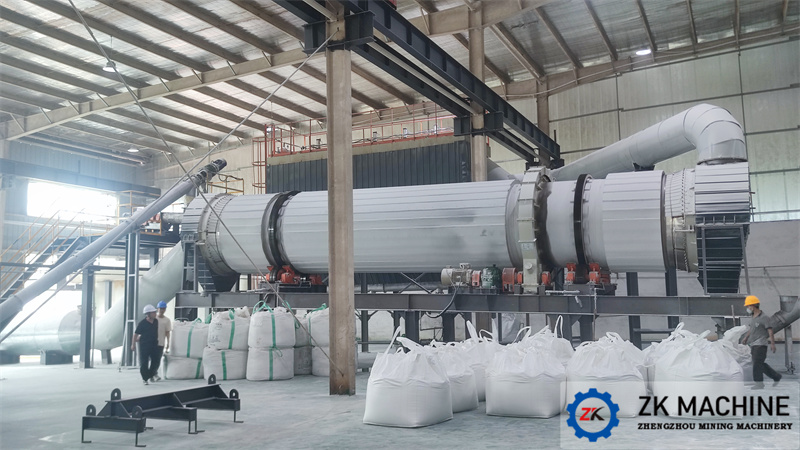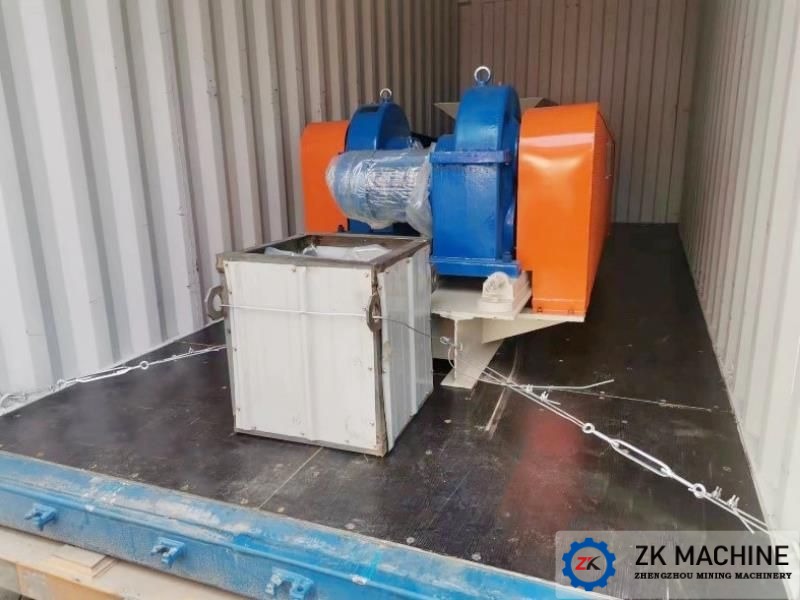Operation Essentials of Cyclone Dust Collector
The cyclone dust collector relies on the dust-laden airflow to rotate in the cylinder to complete the dust removal process, so its operation, maintenance and management are much more important than other mechanical dust collectors. The operation of the cyclone dust collector includes start-up, operation and shutdown. Maintenance work is mainly the analysis, prevention and elimination of common faults.
1. Inspection before start-up
1.1 Check whether each individual cyclone dust collector has been installed and meets the starting conditions. It can be started only if there are no problems.
1.2 Check the air tightness of the installation joint of each cyclone: Check the air tightness of the joint of the dust collector (group) and the flue, the joint of the dust collector and the ash hopper, the joint of the ash hopper and the ash discharge device, and the ash conveying device. . It is necessary to ensure that there is no dust leakage or air leakage that will affect the performance of the cyclone dust collector.
1.3 After the inspection is completed, close the baffle valve to avoid overloading the ventilator. Start the ventilator. If there is no abnormality, gradually open the baffle to allow the dust collector (group) to pass the specified amount of dust-containing gas.
2. Operation precautions
2.1 Pay attention to changes in worn parts. The most vulnerable part of the cyclone dust collector to be worn by dust is the inner wall of the outer cylinder where the high-speed dust-laden gas collides.
2.2 Pay attention to the changes in gas humidity. When the gas humidity decreases (due to system operation or furnace shutdown), it is easy to cause dust adhesion, blockage and corrosion.
2.3 Pay attention to pressure difference changes and exhaust smoke conditions. Due to wear and corrosion, the cyclone dust collector is perforated and dust is discharged, so the efficiency decreases, the smoke color deteriorates, and the pressure difference changes.
2.4 Pay attention to check the air tightness of each connection part of the cyclone dust collector, and check the changes in gas flow and dust concentration of the cyclone cylinder in each unit.
3. Parking
In order to prevent the adhesion or corrosion of dust, after the system stops operating, the cyclone dust collector should continue to operate for a period of time until the inside of the cyclone dust collector is completely replaced by air before stopping the operation of the dust collector. In order to ensure the normal operation and technical performance of the cyclone dust collector, the following inspections must be carried out during shutdown:
3.1 Eliminate the dust attached to the inner cylinder, outer cylinder and blades, and remove the dust inside the ash hopper;
3.2 Repair holes caused by wear and corrosion, and polish the repaired areas smooth;
3.3 Check the air tightness of each joint and replace the seals if necessary.




